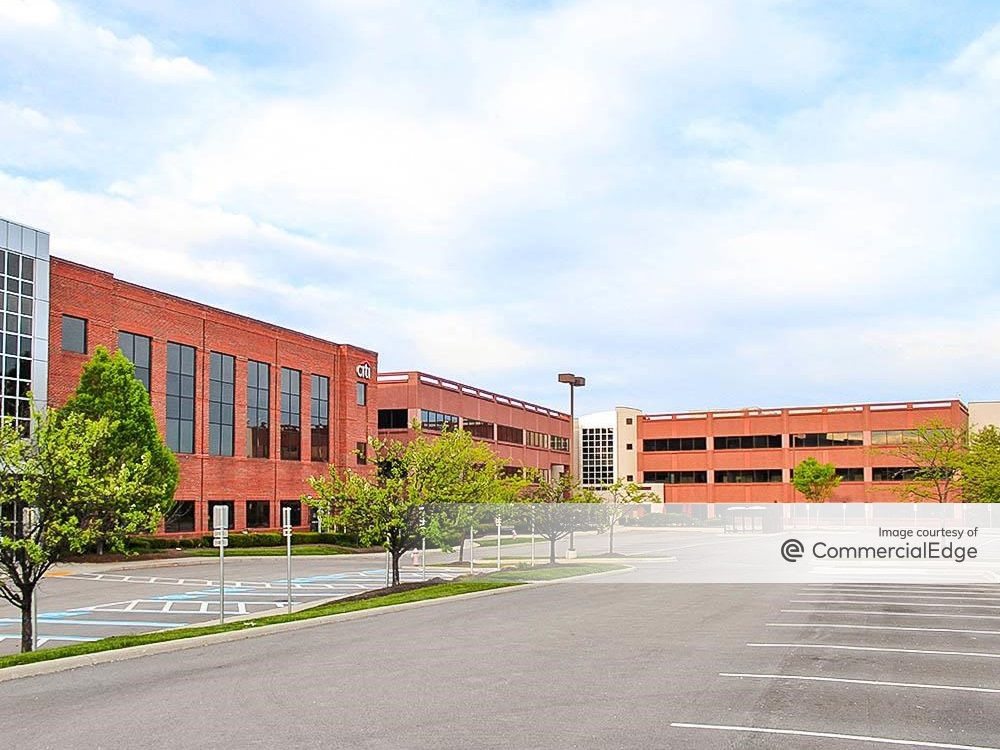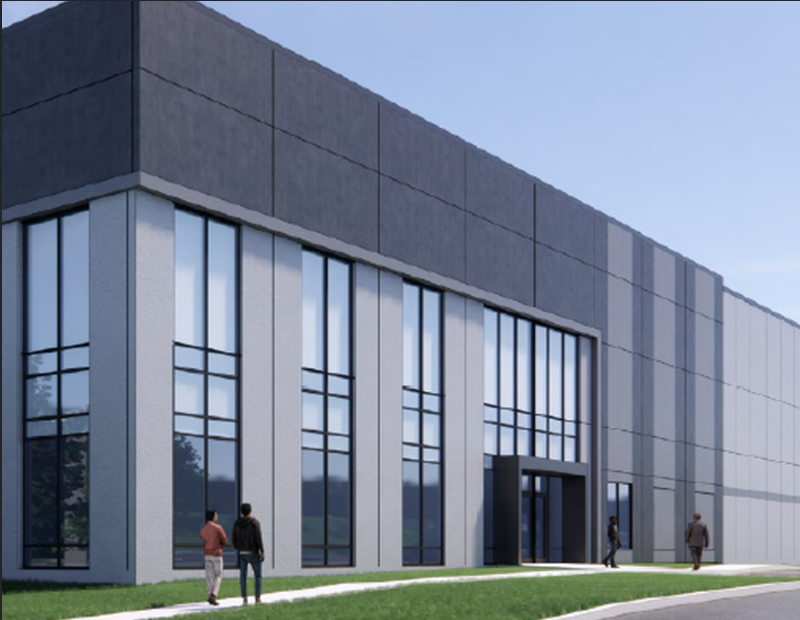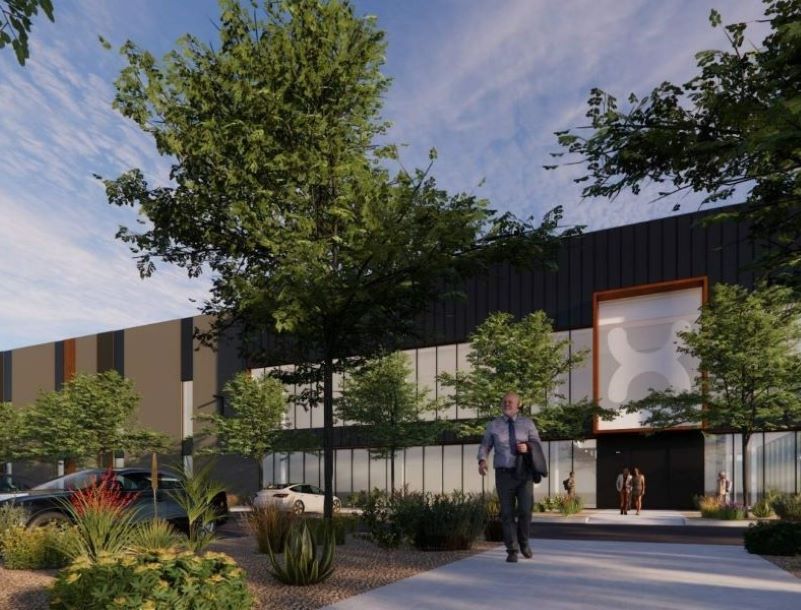Navigating Construction Loans, Part 1
In the first installment of a two-part series, Avison Young Principal Jay Maddox details the ways in which lenders mitigate construction risk.
By Jay Maddox

Jay Maddox
Permanent mortgages on stabilized, income-producing properties are typically available on a non-recourse basis, meaning that the lender is relying primarily on the property for repayment of the loan. With the exception non-recourse carveouts that trigger recourse, the borrower does not have to guarantee repayment of the loan.
On the other hand, construction loans involve significantly greater risk for lenders than permanent loans. In addition to charging higher interest rates than permanent loans on stabilized properties, lenders use a variety of tools to manage the inherent risks of construction loans. Having said that, under certain circumstances borrowers can obtain construction loans on a non-recourse basis.
How Lenders Mitigate Construction Risk
The first line of defense is the underwriting and structure of the loan. Typically, there is no income being generated by the property, and there are the added risks that the project may not be completed on time or on budget, or may not lease up as planned. Consequently, construction loans are typically limited to a maximum of 75 percent of project costs and 70 percent of projected stabilized value in today’s market. The borrower must have significant equity at stake that must be funded before the construction loan is funded. Higher leverage may be available if the project is pre-leased to a strong corporate tenant, if it is pre-sold at completion or if the perceived risk profile is low for other reasons, such as an apartment project in a high-demand, urban in-fill location with a particularly strong sponsor.
A construction loan is funded in controlled disbursements over time, against an approved project budget. The budget will include contingency reserves that provide a cushion to fund cost overruns or other needs. Since there is typically no income available for debt service, a reserve for interest payments is established up front and built into the loan. The lender will periodically evaluate the adequacy of the remaining unfunded loan commitment to cover the costs to complete the project. If there is a shortfall, the borrower will be required to infuse more cash.
Sponsorship is Key
The construction lender will also carefully evaluate the developer’s track record of successfully completing similar projects on time and on budget, as well as its financial capacity and creditworthiness. If a sponsor is stepping up to a bigger project, new property type, or different type of construction than it has done in the past, or if it is pursuing a new market, the lender is likely to be more cautious. The sponsor can help to mitigate these concerns by including senior team members, third-party service providers, contractors and architects who have deep experience in the proposed project type and/or market.
In addition, the lender will want to ensure that the sponsor has the financial wherewithal to support the project if it goes over budget or does not lease up as planned. Typically construction lenders will require the sponsors and guarantors to have combined net worth (excluding the project) equal to the loan commitment and minimum liquidity of 10-15 percent of the loan commitment. Many lenders require continued compliance with these financial ratios during the loan term. These financial hurdles can present a serious hurdle for a developer that wants to take on a large project for the first time.
Additional Considerations
Construction lenders also control their risk in a variety of other ways via completion guarantees, performance bonds, indemnities and other tools. These will be discussed in the next part of this series.







You must be logged in to post a comment.